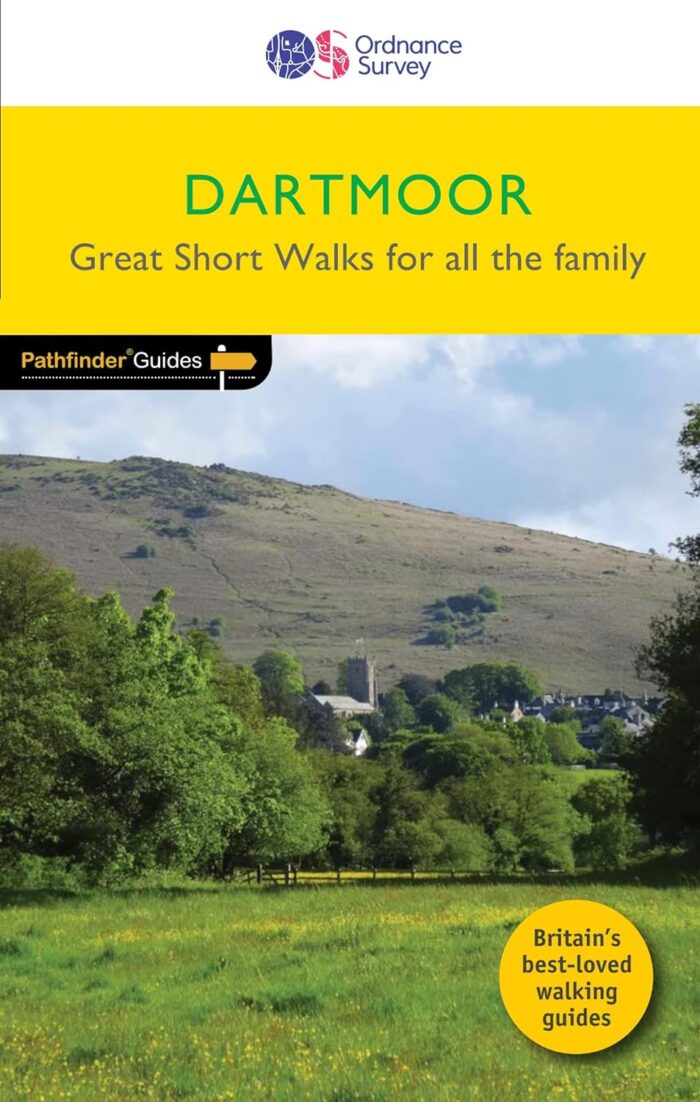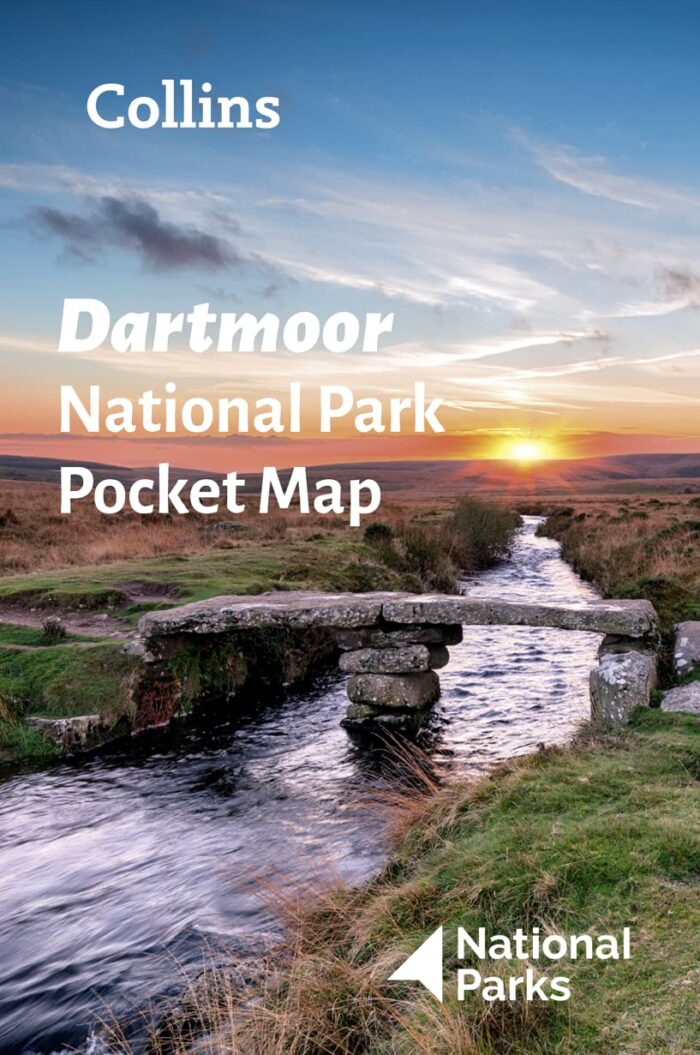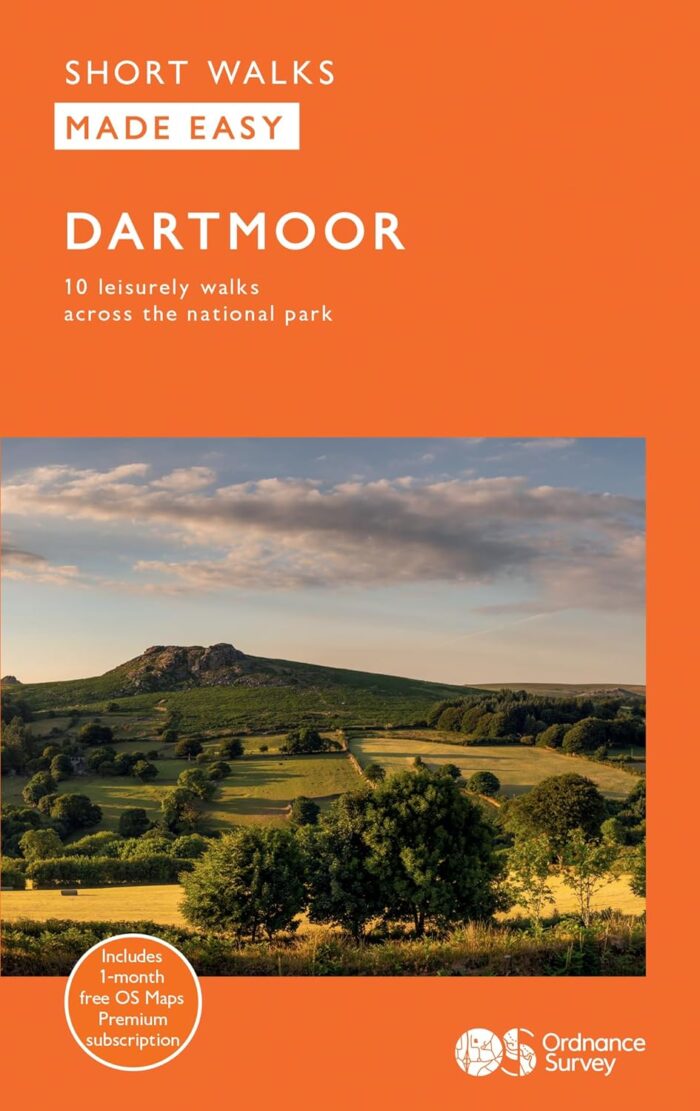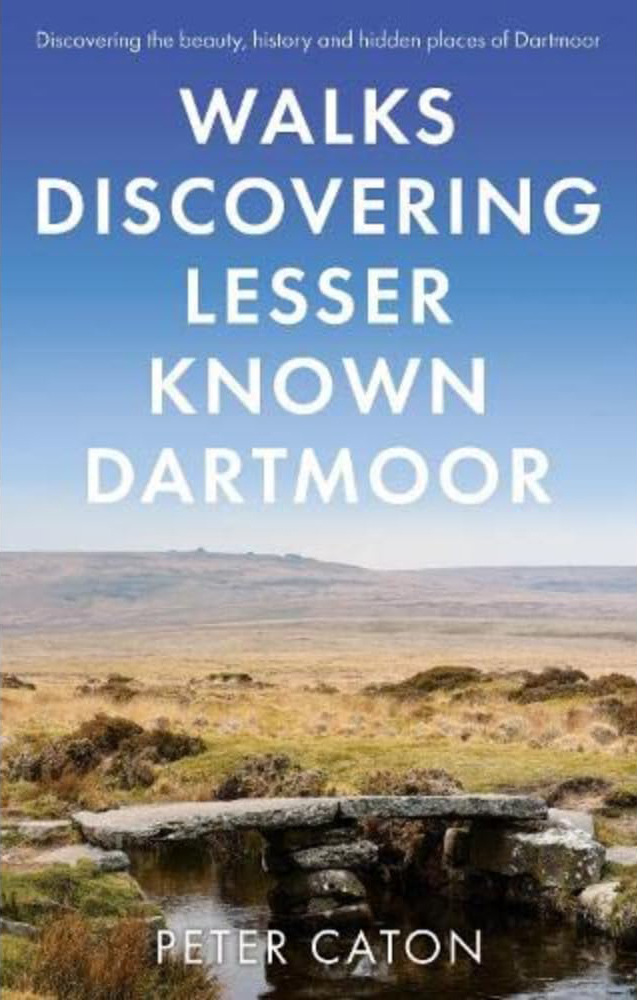Yes Tor
one of the highest and most prominent points on Dartmoor
Yes Tor is one of the highest and most prominent points on Dartmoor. Rising to an elevation of 619 meters (2,031 feet), it is the second-highest peak on Dartmoor, just slightly lower than nearby High Willhays. Both are part of the northwestern section of the moor, an area known for its dramatic granite tors and open moorland.
Yes Tor offers sweeping views across the surrounding landscape, making it a popular destination for hikers and outdoor enthusiasts. Its summit is marked by a distinctive granite outcrop, typical of Dartmoor’s rugged terrain, and the climb to the top, though challenging in parts, is well worth the effort for the panoramic scenery. On clear days, you can see across Devon and even into Cornwall.
The name “Yes Tor” is thought to derive from the Celtic word for “steep” or “sharp,” which is fitting given its bold, rocky appearance. The area around Yes Tor is steeped in history and folklore, much like the rest of Dartmoor. Ancient stone rows, burial cairns, and medieval field systems can all be found nearby, hinting at thousands of years of human activity on the moor.
Yes Tor lies within the Dartmoor Firing Range, a military training area. As such, access is occasionally restricted when live firing exercises are taking place. Walkers are advised to check the Ministry of Defence’s firing schedule before planning a trip.
Despite its military use, Yes Tor remains a cherished part of Dartmoor’s natural heritage. Its wild beauty, geological significance, and rich history make it a standout feature of the moor and a must-visit for anyone exploring this unique and atmospheric part of southwest England.
















